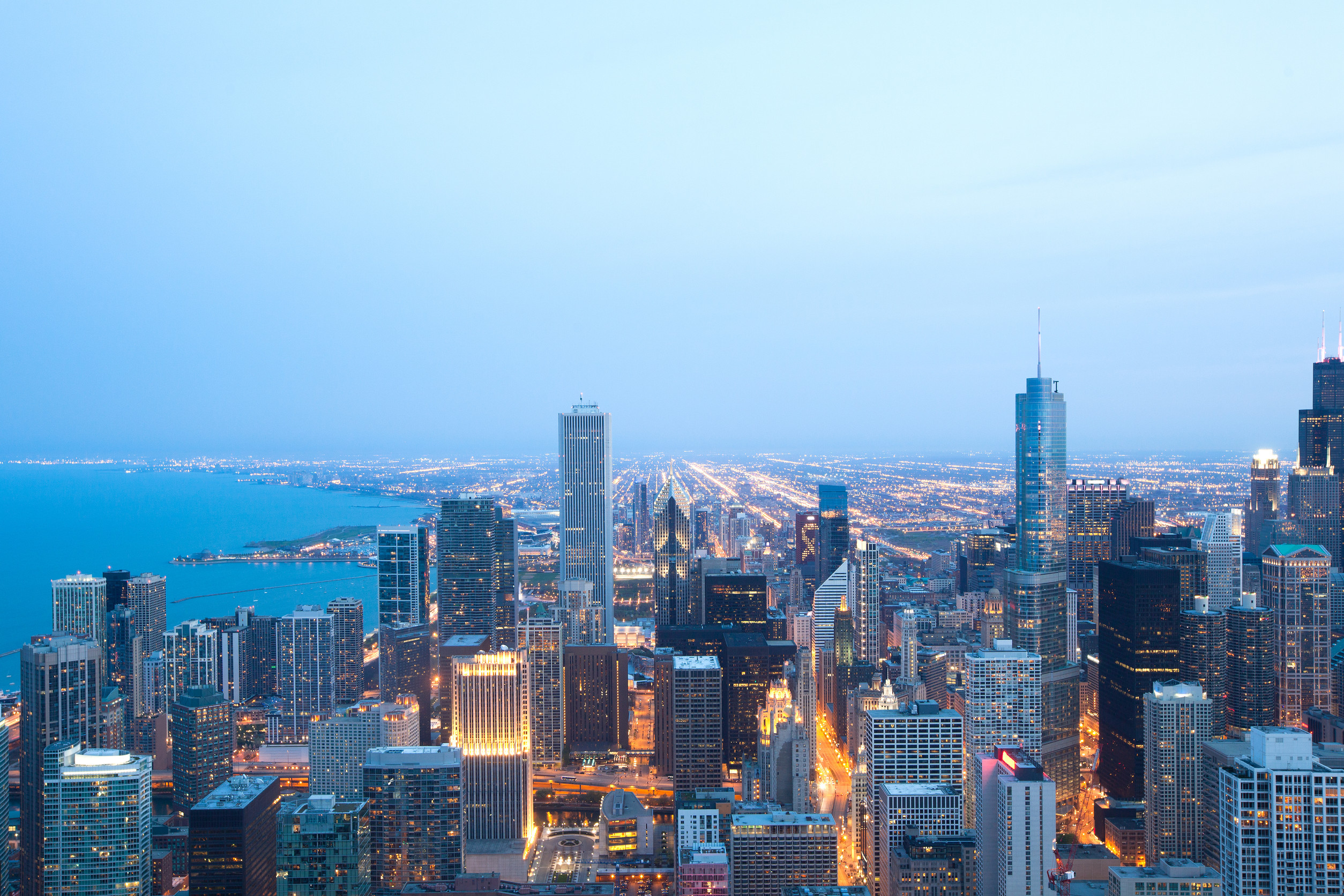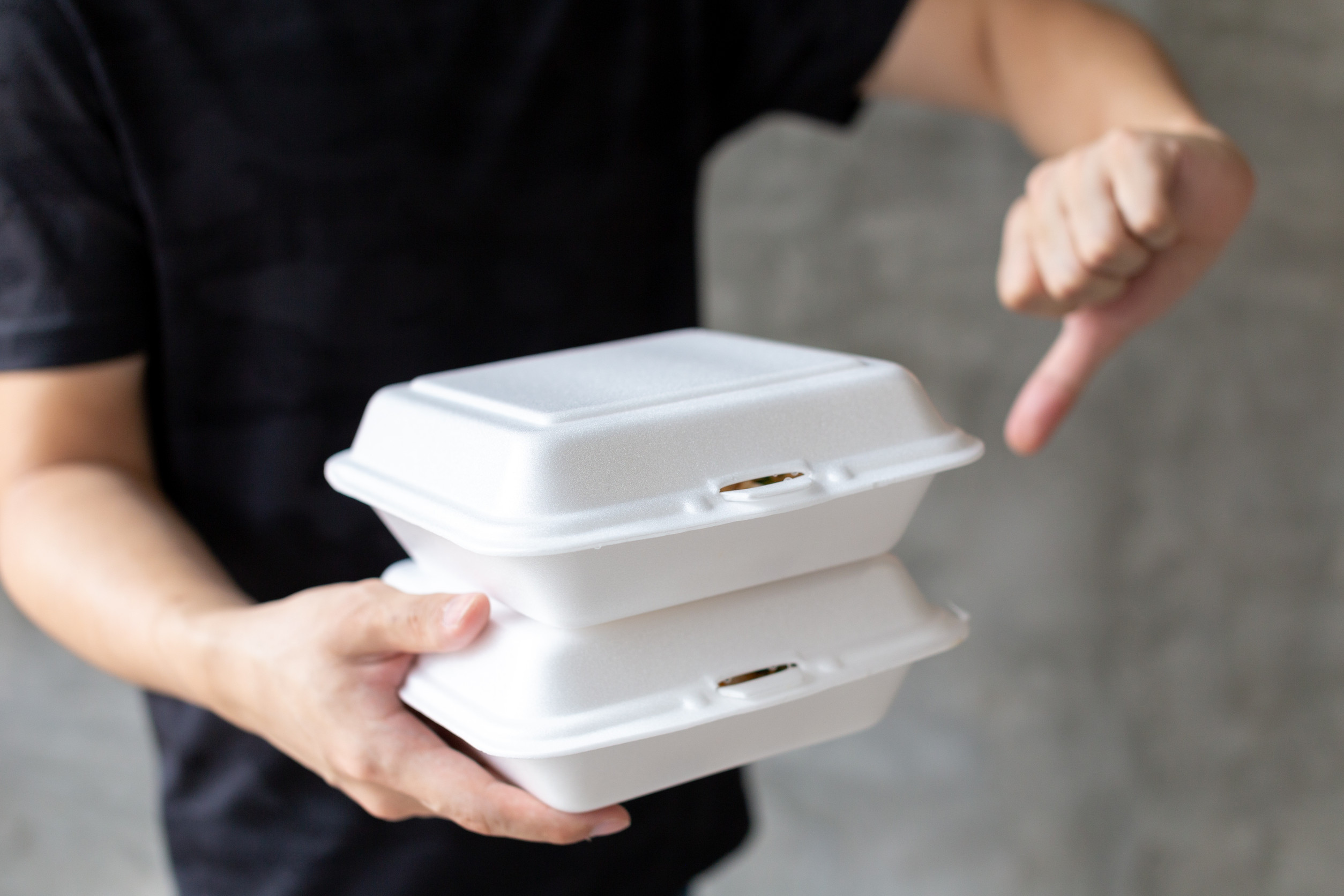The promise of hyperloop travel is that it will allow humans to cut down travel time dramatically by using magnetically levitating pods to propel people through near-vacuum tubes. These pods are designed to eventually hit speeds of around 745 mph, which would make it possible to travel from Los Angeles to San Francisco in just 30 minutes.
Proving this technology is safe for humans is a big step towards realizing that goal, and this past week, Virgin Hyperloop welcomed its first-ever human passengers aboard on a short test run.
According to the BBC, Virgin Hyperloop co-founder and CTO Josh Giegel and Director of Passenger Experience Sara Luchian were the first humans to hop aboard, with the test run taking them to speeds of 172 km/h (107 mph). While that isn’t nearly as fast as the hyperloop will eventually go, the test was important in testing a new passenger pod called the XP-2, which is fitted with many of the same safety systems that would feature on a commercial version of the hyperloop.
“When we started in a garage over six years ago, the goal was simple – to transform the way people move,” said Giegel. “Today, we took one giant leap toward that ultimate dream, not only for me but for all of us who are looking towards a moonshot right here on Earth.”
Although there is still a lot of work to be done before the hyperloop can travel safely at the speed of sound, Virgin believes it can achieve safety certification by 2025, and have a commercial service up and running by 2030. As always, we’ll keep you updated on the progress of this promising form of transportation.
Image source: Virgin Hyperloop One












